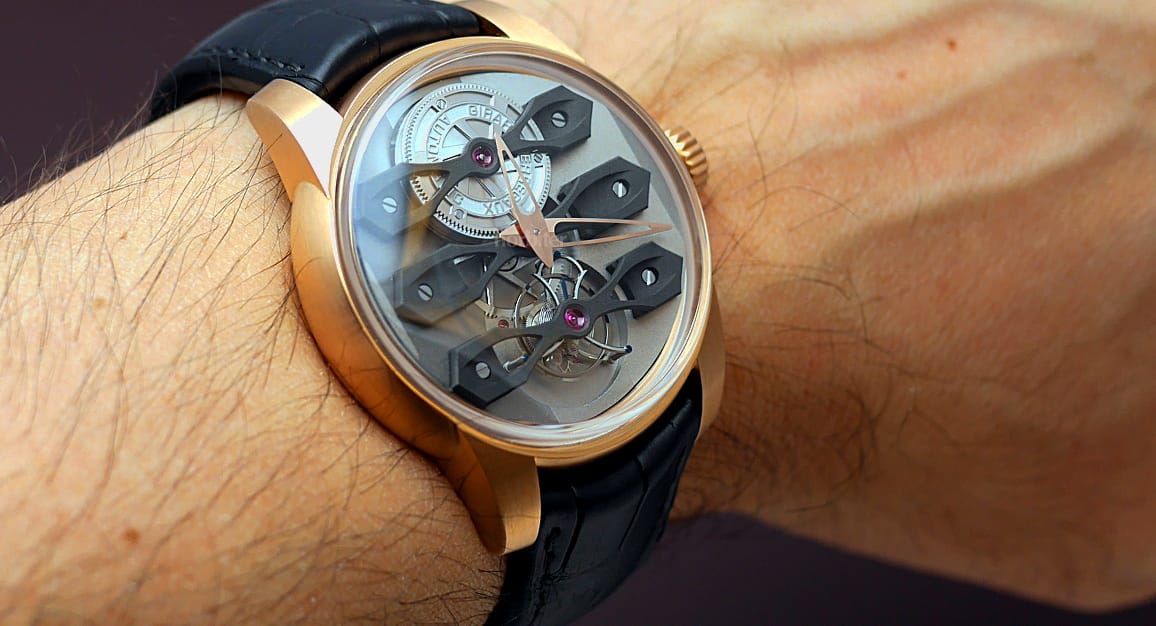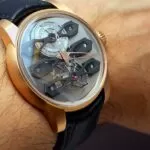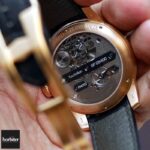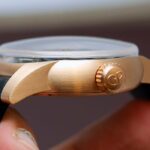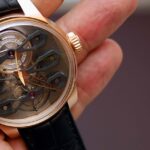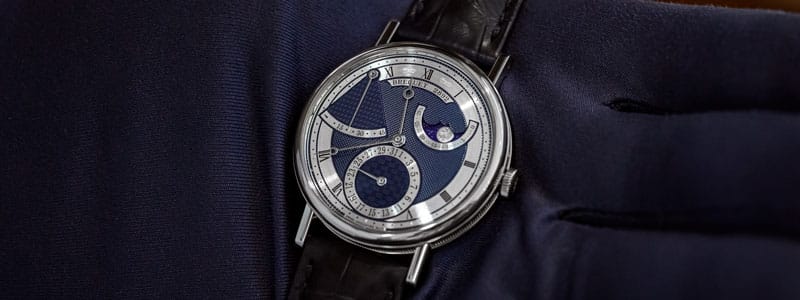Which, in your opinion, is the best way to celebrate 213 years from the advent of the greatest breakthrough in watchmaking? It is by celebrating it or, else, reinventing it. If on June 26th 1801 Abraham Louis Breguet revolutionized the world of fine watchmaking by patenting the tourbillon, Girard-Perregaux is among those manufactures who have adopted this technical achievement early on and contributed, through the centuries, to its technical and esthetical development.
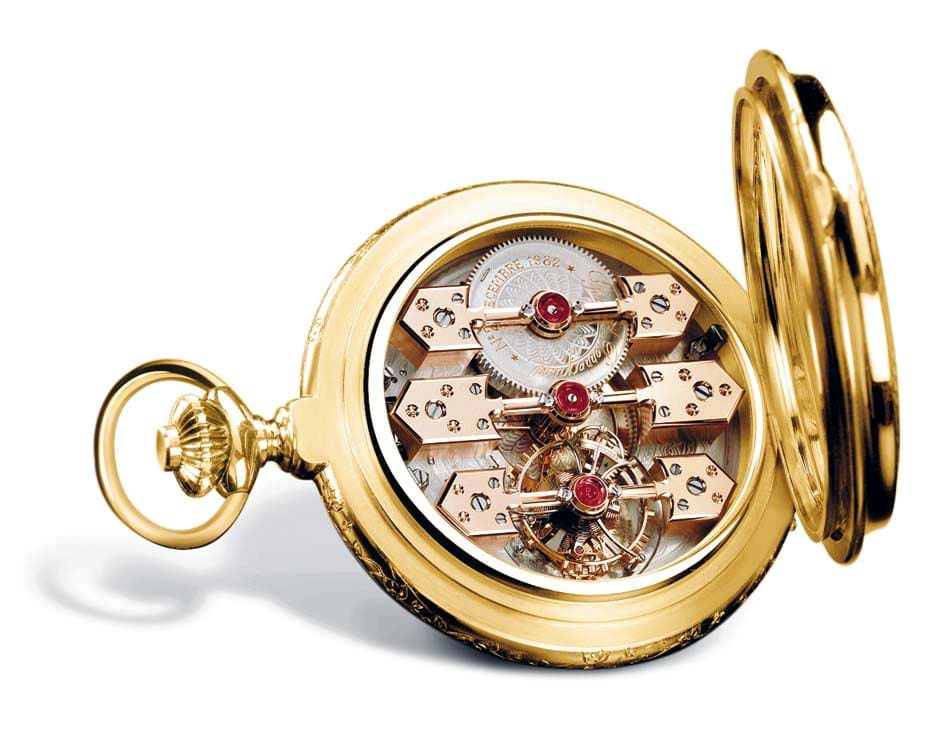
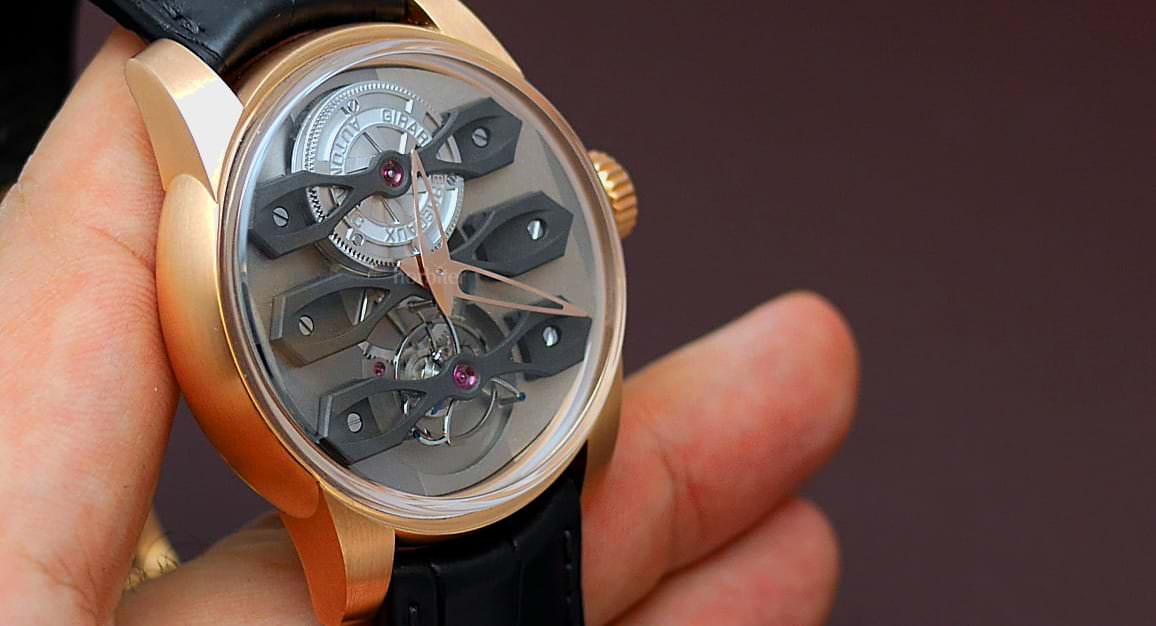
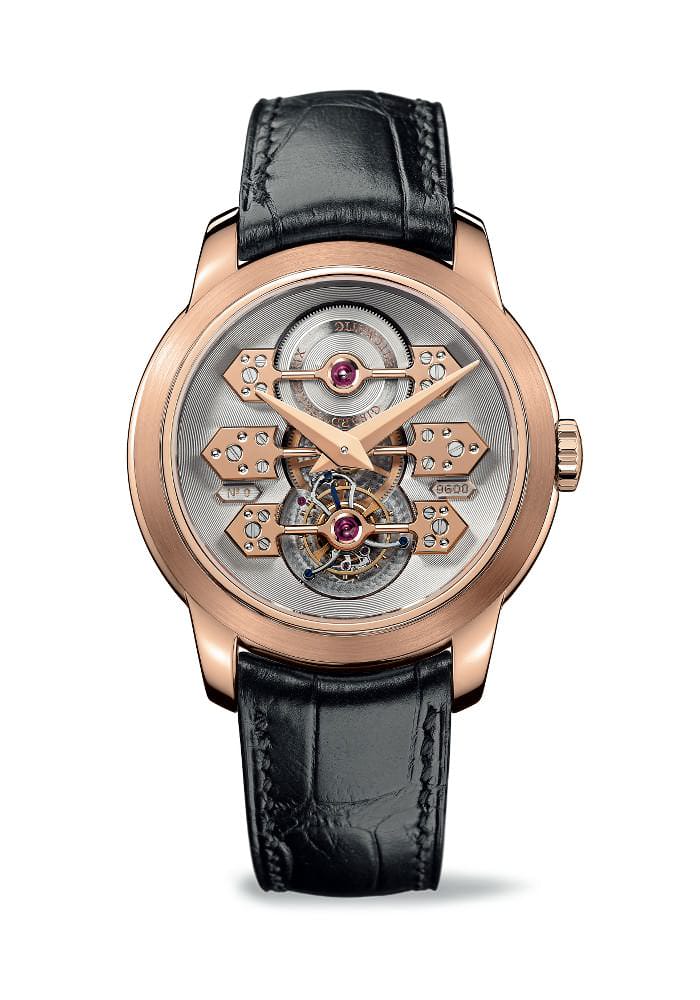
The caliber is now bigger since the three bridges have been revolutionized: their flat mirror polished surface has been replaced by a skeletonized (as are the hands) arch and is made in titanium, PVD treated. Each of the three ultra-light bridges is now secured by two tiny screws to the main plate which is ruthenium treated and sandblasted. Crown and lugs are bigger as well: the first one is thicker, and the lugs are longer and slightly more curved than ever before.
At six o’clock Girard-Perregaux placed a one-minute tourbillion made up of 80 components in titanium, as are the three bridges, a feat that ensures its weight at just 0,25 grams. Among its relevant features is the spiral which boasts a Phillips curved coil and the unmistakable lyre like tourbillion cage. This has been encased into the new GP09400 automatic 3Hz caliber that has a barrel drum bigger than the previous models to ensure, when fully wound, 72 hours of power reserve.
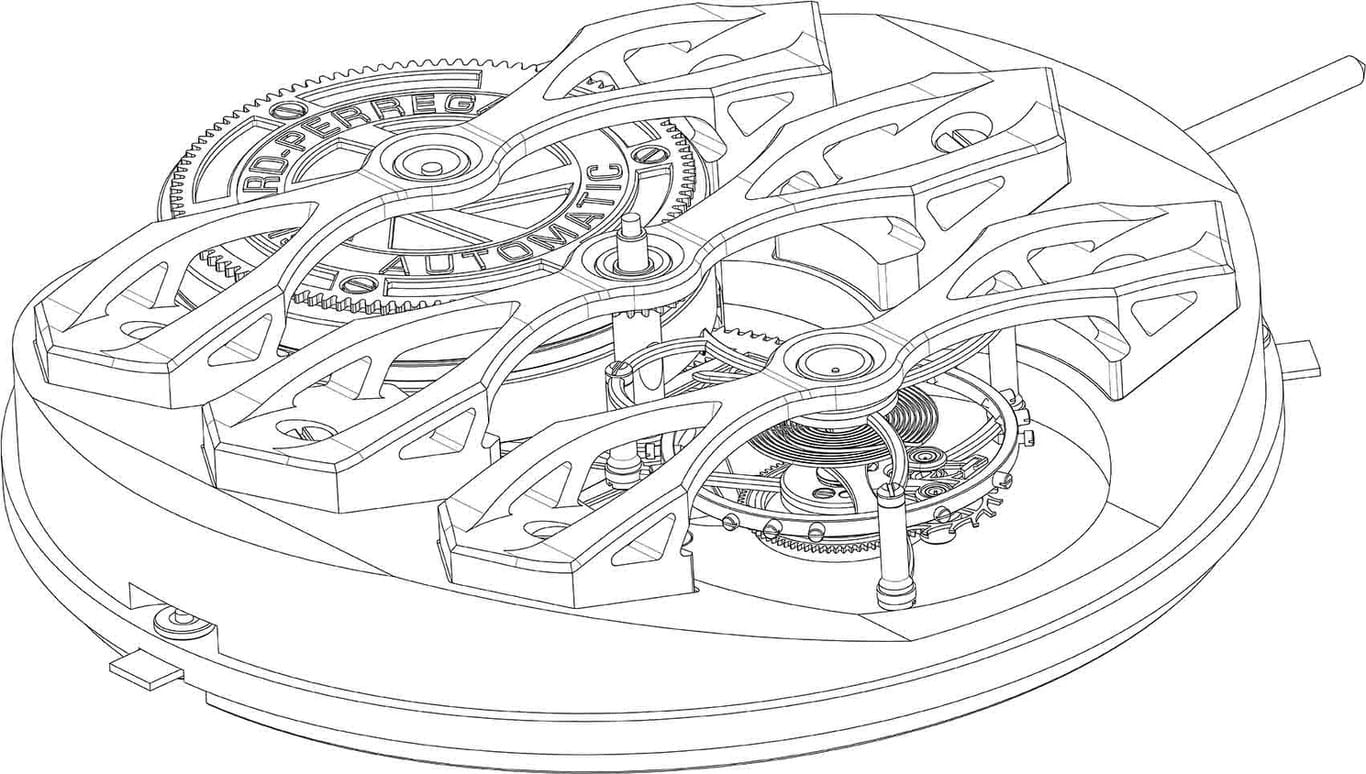
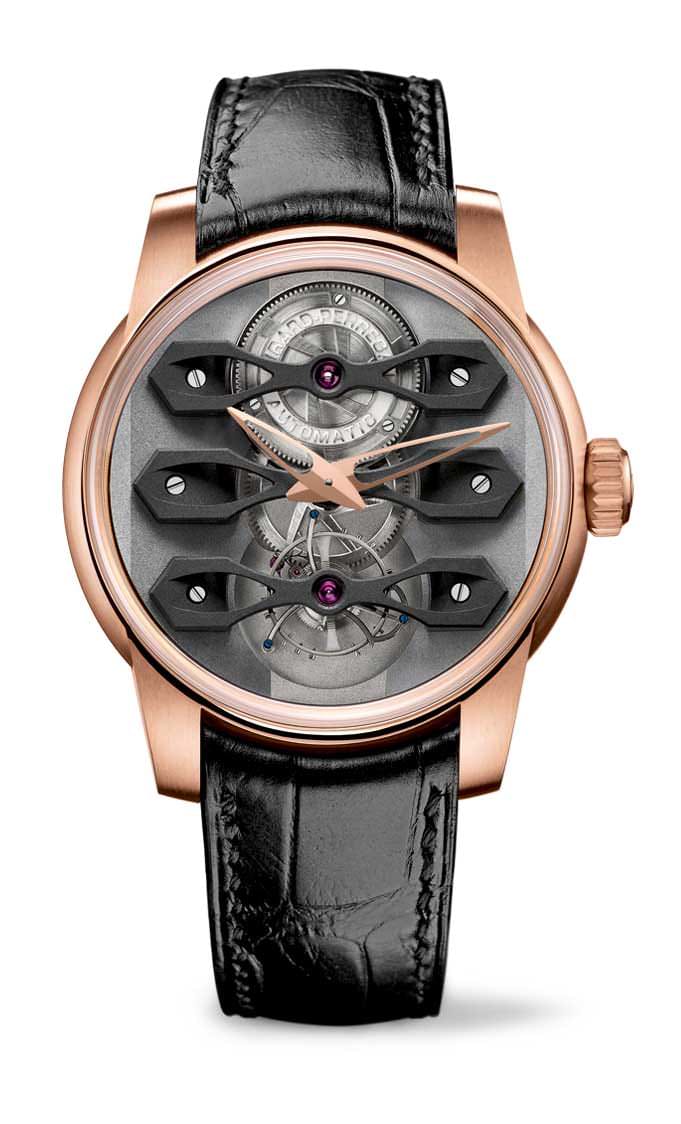
(Photo credit: courtesy of Girard-Perregaux; Horbiter®’s proprietary photo-shooting)
Gaetano C. @Horbiter®

